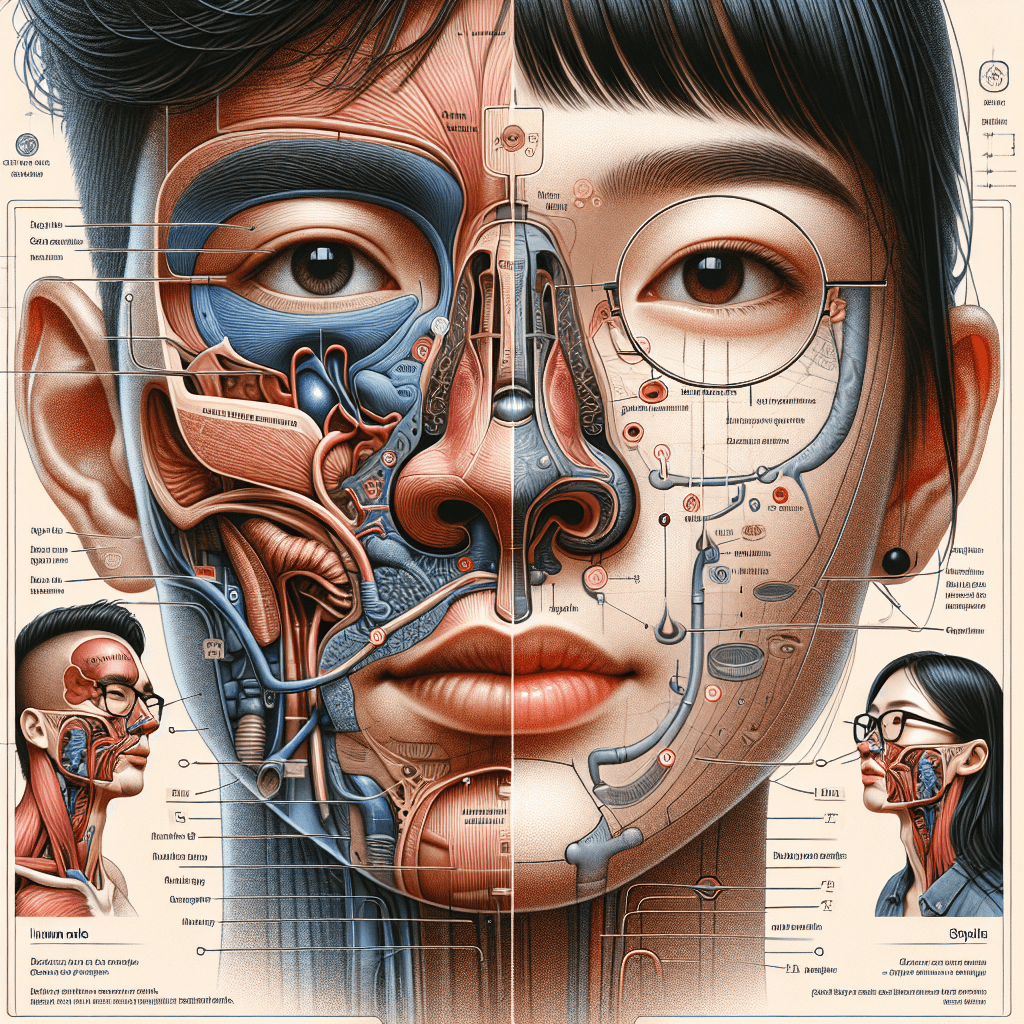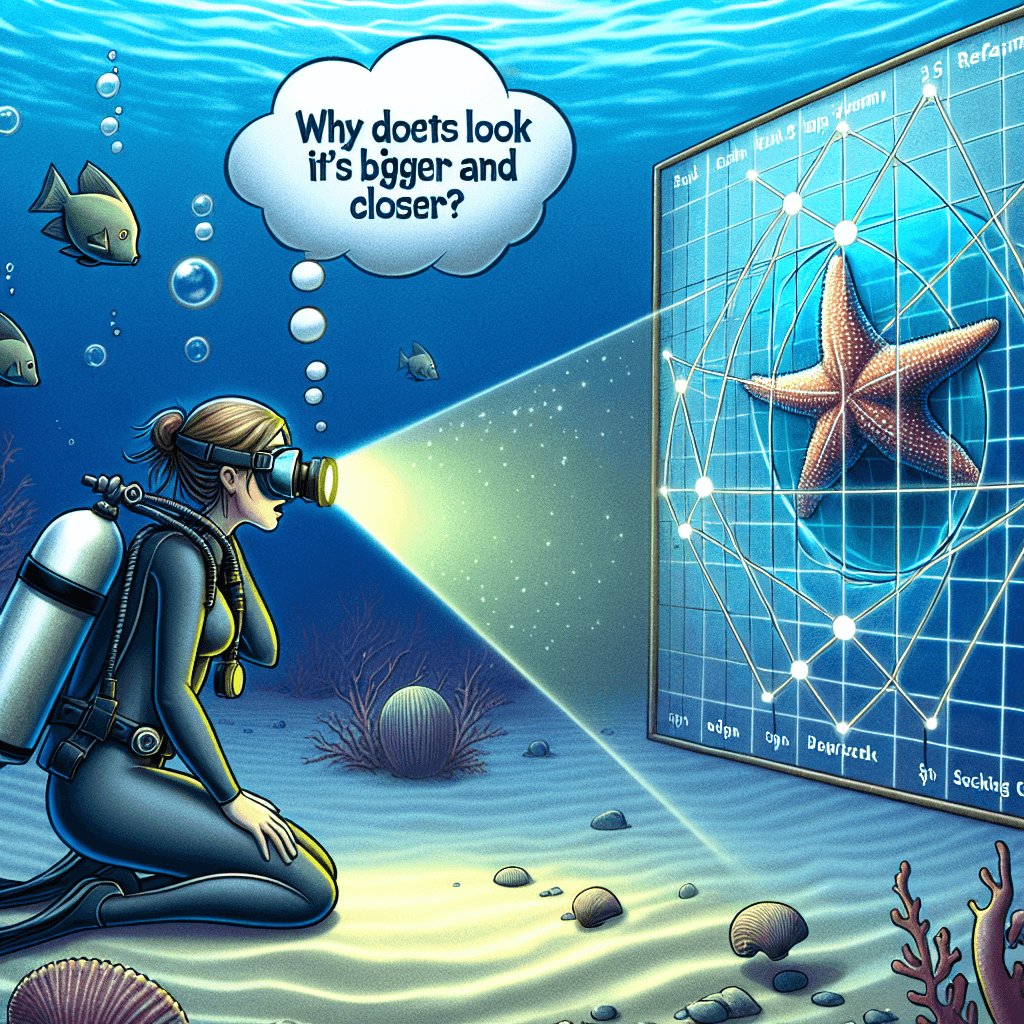Why do humans have two nostrils instead of just one
It's not just a convenient backup for a stuffy nose; your two nostrils actually provide your brain with 'stereo' information, allowing you to smell the world in three dimensions.


Too Long; Didn't Read
Having two nostrils helps us pinpoint the direction of smells. They also take turns being the main airway in a nasal cycle; this enhances our ability to detect a wider range of odors and provides a backup for breathing if one gets blocked.
The Two-Nostril Advantage: Why Do Humans Have Two Nostrils Instead of Just One?
Have you ever stopped to think about your nose? It sits right in the middle of your face, a feature we often take for granted. We know it’s for breathing and smelling, but have you ever wondered about its specific design? Why the two openings? It might seem like a simple question of symmetry, but the dual-nostril system is a marvel of evolutionary engineering, providing us with a richer sensory experience and more efficient respiratory function than a single opening ever could. This post will explore the fascinating science behind our bilateral nasal design, revealing how two nostrils work together to help us navigate and understand the world through scent.
The Unsung Hero: Understanding the Nasal Cycle
One of the most compelling reasons for having two nostrils is a phenomenon known as the nasal cycle. Unbeknownst to most of us, our nostrils take turns doing the heavy lifting. Throughout the day, one nostril becomes slightly more congested and contributes less to airflow, while the other remains open and dominant. Every few hours, they switch roles.
This isn't a sign of a cold; it's a normal, healthy process controlled by your autonomic nervous system. But why does it happen?
- Prevents Drying Out: Constant airflow can dry out the delicate mucous membranes inside your nose, which are essential for trapping dust, pathogens, and allergens. By alternating airflow, the nasal cycle allows one side to rest and rehydrate, maintaining the nose's crucial filtration system.
- Improves Scent Detection: This alternating airflow has a surprising benefit for our sense of smell, which we'll explore next.
Smelling in Stereo: How Two Nostrils Create a 3D Scent Map
Just as having two eyes gives us depth perception (stereoscopic vision) and two ears help us pinpoint the location of a sound (binaural hearing), having two nostrils provides us with stereo olfaction—the ability to smell in "stereo."
Each nostril samples a slightly different pocket of air. When you’re trying to locate the source of a smell—like freshly baked cookies or a gas leak—your brain subconsciously compares the intensity of the scent molecules entering each nostril. The nostril closer to the source will receive a slightly stronger concentration of the odor. Research from institutions like the University of California, Berkeley, has shown that humans can use these subtle differences to determine the direction of a scent, a skill that was likely vital for our ancestors to find food and avoid predators.
A Two-Lane Highway for Scent Molecules
The nasal cycle doesn't just give one nostril a break; it creates two different airflow speeds that enhance our ability to perceive complex aromas.
- The Fast Lane: The dominant, open nostril has a high rate of airflow. This is perfect for quickly detecting light, volatile scent molecules that are easily absorbed. Think of the initial, bright citrusy notes when you peel an orange.
- The Slow Lane: The partially congested nostril has a much slower airflow. This gives heavier, less volatile scent molecules more time to land on and bind with the olfactory receptors inside your nose. This allows you to perceive the deeper, lingering notes, like the earthy smell of coffee or the complex base notes in a perfume.
Together, this two-speed system provides your brain with a much richer and more detailed scent profile than a single nostril ever could. It’s the difference between hearing a single note and hearing a full, complex chord.
More Than Just Smell: The Structural and Respiratory Perks
Beyond the intricate world of olfaction, having two nostrils offers practical structural and respiratory advantages. The septum—the wall of cartilage that divides your nostrils—provides crucial structural support to the middle of your face. Furthermore, having two separate airways offers a simple but vital backup system. If one nostril becomes blocked due to an injury, inflammation, or a pesky stray Lego, you still have a clear channel to breathe through, ensuring your body continues to receive the oxygen it needs.
Conclusion
So, why do we have two nostrils? The answer is far more profound than simple symmetry. This elegant design is a testament to evolutionary efficiency, providing a sophisticated system for smelling in stereo, detecting a wider range of odors through differential airflow, and maintaining a healthy respiratory tract via the nasal cycle. It’s a built-in redundancy that protects our breathing and a sensory enhancement that makes our world richer and more detailed. The next time you take a deep breath and smell the rain on the pavement or dinner in the oven, take a moment to appreciate the incredible, silent teamwork happening right under your nose.
More Articles

Why do things underwater look bigger and closer than they really are?
It’s not your eyes playing tricks on you—it's a fascinating law of physics that turns the entire underwater world into a giant magnifying glass.

Why do spaghetti stains cling to plastic tubs but not glass bowls?
Discover why tomato sauce permanently dyes your plastic containers but wipes clean from glass—it's not your scrubbing power, but a simple case of molecular attraction.

Why was a brilliant philosopher's name twisted into the modern word for a fool?
He was a celebrated intellectual giant, yet a centuries-long smear campaign by his academic rivals twisted his very name into a common insult for a fool.